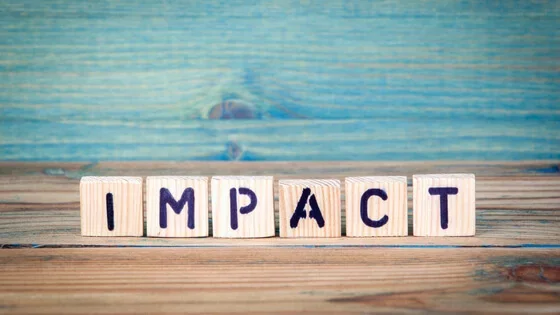What does impact do?
What is the Impact?
The phrase “what is the impact” typically refers to the effect or influence that an action, event, or decision has on a person, group, system, or environment. Understanding the impact of something helps us evaluate its significance, consequences, and potential long-term outcomes. Impacts can be positive, negative, or neutral, and they can vary in scope from local to global.
Environmental Impact
The environmental impact refers to the effect that human activities, such as industrial production, agriculture, or urban development, have on the natural world. This includes issues like pollution, deforestation, climate change, and biodiversity loss. It’s crucial to assess environmental impacts to develop sustainable practices and reduce harm to ecosystems.
Image suggestion: A comparison image showing polluted vs. clean environments.
Social Impact
Social impact describes the influence an event, policy, or action has on a community or society. This can involve improvements in education, health care, equality, and economic opportunities, or it can highlight negative effects like social inequality or displacement. Understanding social impact helps policymakers and organizations design interventions that promote social well-being.
Image suggestion: A visual showing a community before and after a social development initiative.
Economic Impact

Economic impact evaluates how decisions or events affect the economy. This could involve the creation of jobs, changes in the market, shifts in consumer behavior, or variations in government spending. Economic impacts can be both immediate and long-term and often help determine the viability of projects or policies.
Image suggestion: A graph illustrating economic growth before and after an economic intervention.
releted article
Cultural Impact
Cultural impact looks at how ideas, innovations, or events influence the beliefs, practices, and values of a society. This can include shifts in art, music, language, and customs, as well as the spread of new technologies or lifestyles. Cultural impacts are especially important in a globalized world where cross-cultural exchanges are frequent.
Image suggestion: A collage showing cultural diversity and change over time.
Measuring Impact
To understand the impact of an event or decision, data collection and analysis are crucial. Methods include surveys, interviews, statistical models, and case studies. By using these techniques, we can quantify and qualify the changes caused by specific actions, helping to guide future decisions.
Why Understanding Impact Matters
Understanding the impact of various actions or events is essential for making informed decisions that benefit society and the environment. Whether you’re a business leader, government official, or individual, assessing impact helps you recognize potential consequences and take steps to minimize harm or enhance positive outcomes. Moreover, it encourages accountability and responsible decision-making, ensuring that the benefits of an action outweigh its drawbacks.
Conclusion
So, “what is the impact” is a fundamental question that drives much of the decision-making process across multiple domains—environmental, social, economic, and cultural. Understanding the impact allows us to act thoughtfully, plan for the future, and make choices that contribute to a more sustainable and equitable world.








